Number of patients using cannabis for medical purposes has increased more than 600 percent since 2016
2:35 PM
Author |

The most recent data on medical cannabis use found that enrollment in medical cannabis programs increased overall between 2016 and 2022, but enrollment in states where nonmedical use of cannabis became legal saw a decrease in enrollment.
Combined with the data from a previously published analysis, the number of patients using cannabis for medical purposes has increased more than 600 percent since 2016. The study is published in Annals of Internal Medicine.
“These findings indicate the growing use of cannabis for medical purposes, but also that adult use laws may decrease rates of patient enrollment,” said Kevin Boehnke, Ph.D., a research assistant professor in the U-M Medical School Department of Anesthesiology and Chronic Pain & Fatigue Research Center.
Cannabis is legal for medical or nonmedical use in 38 and 23 states, respectively. However, it remains a schedule I substance under the Controlled Substances Act. This status has inhibited research on its health effects and disincentivized many physicians from pursuing education related to or treating patients who use cannabis. Recently, the Department of Health and Human Services recommended that cannabis be rescheduled to schedule III. Before this potential shift occurs, it is important to understand the current landscape of medical and nonmedical cannabis use and authorization.
Researchers from University of Michigan Medical School and the Centers for Disease Control and Prevention conducted an ecological study with repeated measures of persons with medical cannabis licenses and clinicians authorizing cannabis licenses in the United States between 2020 and 2022.
The authors included 39 jurisdictions (38 states and Washington, D.C.) that allowed for medical cannabis use in their analysis. Of these jurisdictions, 34 reported patient numbers, 19 reported patient-reported qualifying conditions, and 29 reported authorizing clinician numbers. They reported a 33 percent increase in enrollment in these jurisdictions between 2020 and 2022.
The authors also included 15 jurisdictions with nonmedical adult-use laws. They found that in 13 of these 15 jurisdictions, medical enrollment decreased, and the proportion of patient-reported qualifying conditions with substantial or conclusive evidence of therapeutic value decreased from 70.4 to 53.8 percent. The most reported qualifying condition was chronic pain, followed by anxiety and post-traumatic stress disorder.
The team notes that their findings highlight the need for better surveillance methods to adequately understand outcomes of medical cannabis use and thoughtful strategies and public health efforts to reduce harms from increased cannabis availability.
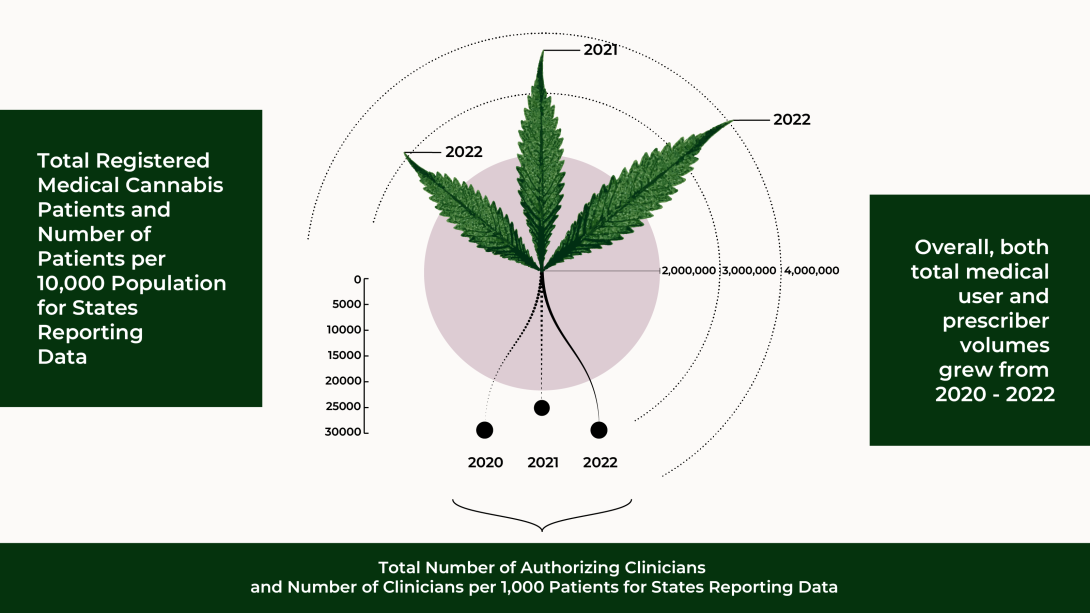

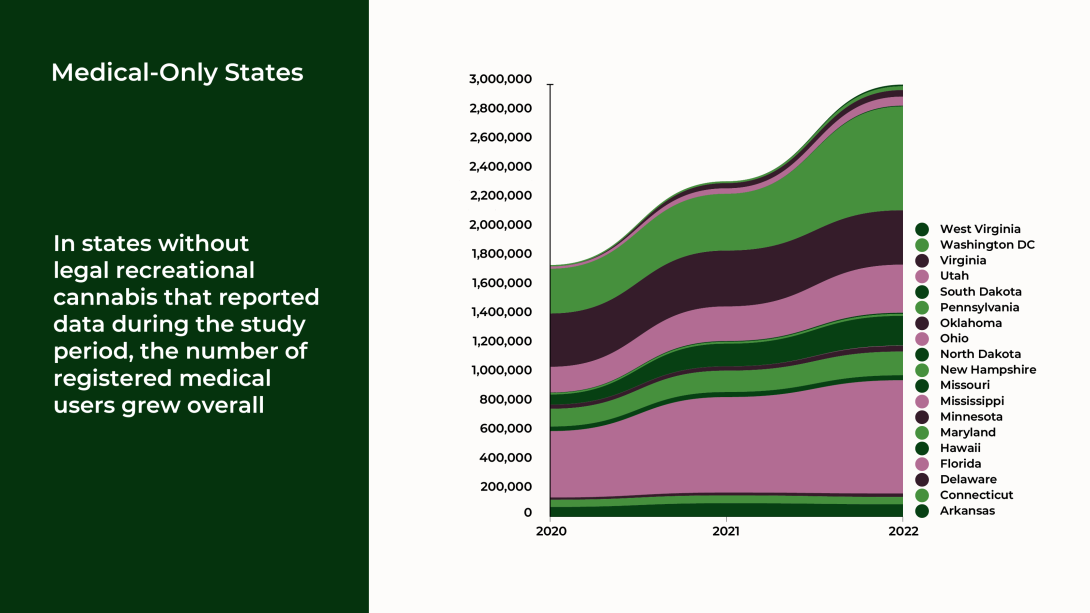
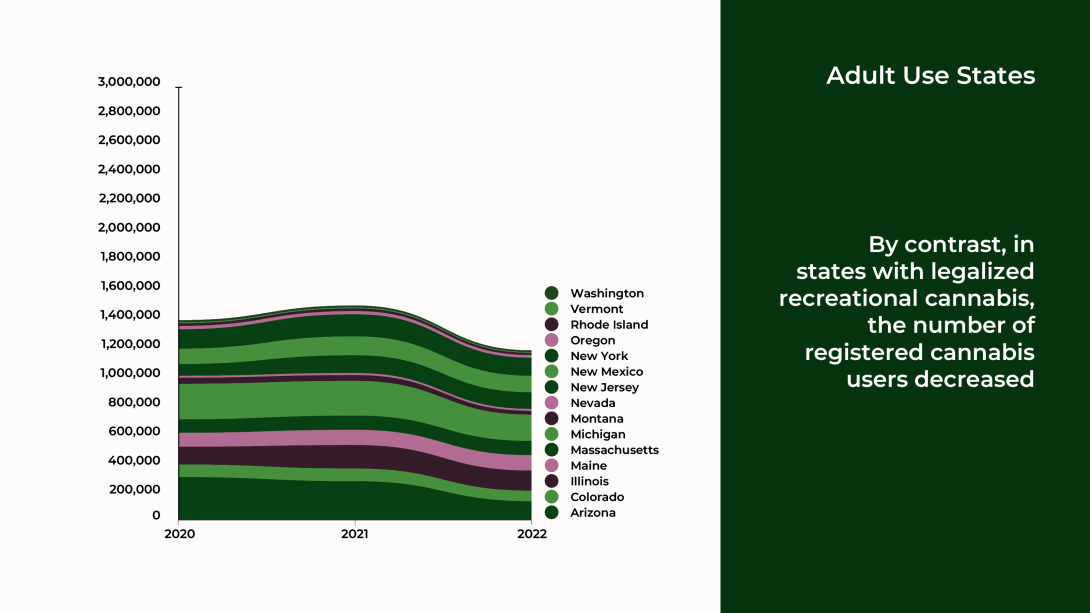
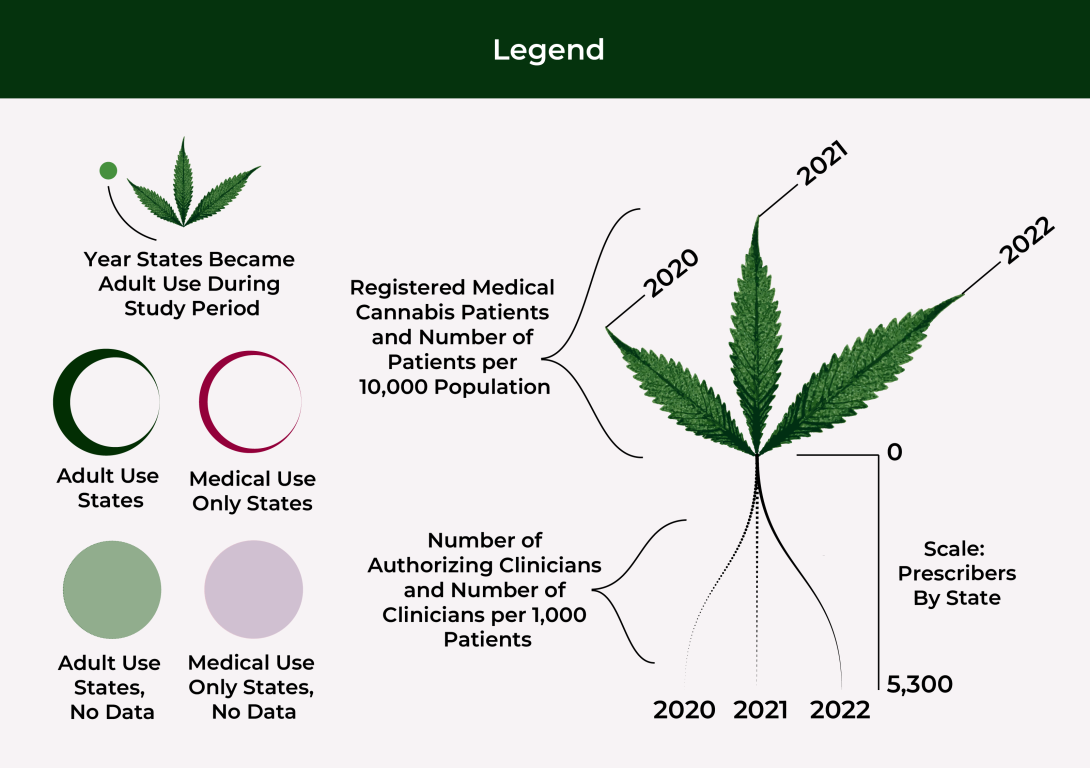
Additional authors: Rachel Sinclair, B.Sc., Felicia Gordon, B.Sc., Avinash Hosanagar, M.D., Douglas R. Roehler, Ph.D., Tristin Smith, M.P.H., and Brooke Hoots, Ph.D.
Citation: “Trends in U.S. Medical Cannabis Registrations, Authorizing Clinicians, and Reasons for Use From 2020 to 2022”. Annals of Internal Medicine, DOI: 10.7326/M23-28
Reposted from Annals of Internal Medicine
Data visualization credits: Data Source, “Trends in U.S. Medical Cannabis Registrations, Authorizing Clinicians, and Reasons for Use From 2020 to 2022”. Annals of Internal Medicine, DOI: 10.7326/M23-28. Data Visualization Created Using RawGraphs and Adobe Illustrator. Leaf Source Image Credit: Getty Images. Design Assistance: Jacob Dwyer, Justine Ross, Michigan Medicine. Data Visualizations by Elizabeth Palmer Jarvis, Michigan Medicine.
Sign up for Health Lab newsletters today. Get medical tips from top experts and learn about new scientific discoveries every week by subscribing to Health Lab’s two newsletters, Health & Wellness and Research & Innovation.
Sign up for the Health Lab Podcast: Add us on Spotify, Apple Podcasts or wherever you get you listen to your favorite shows.

Explore a variety of health care news & stories by visiting the Health Lab home page for more articles.

Department of Communication at Michigan Medicine
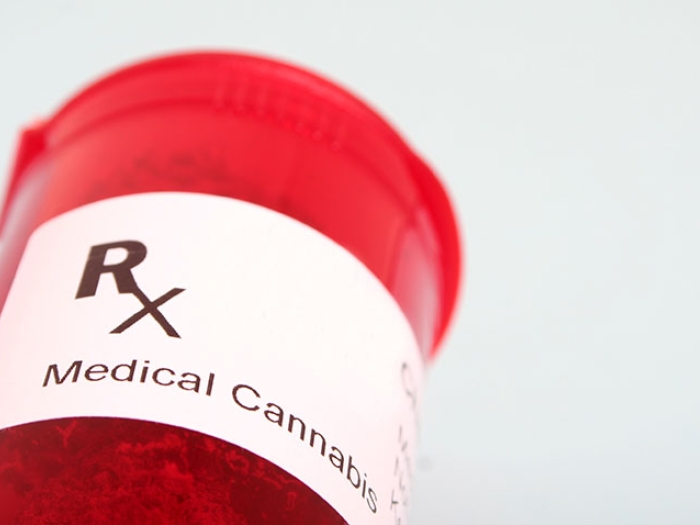
Want top health & research news weekly? Sign up for Health Lab’s newsletters today!





